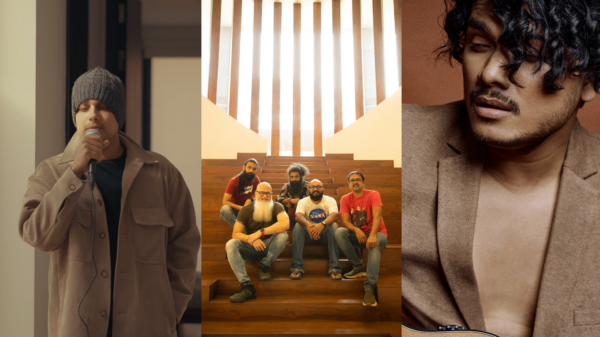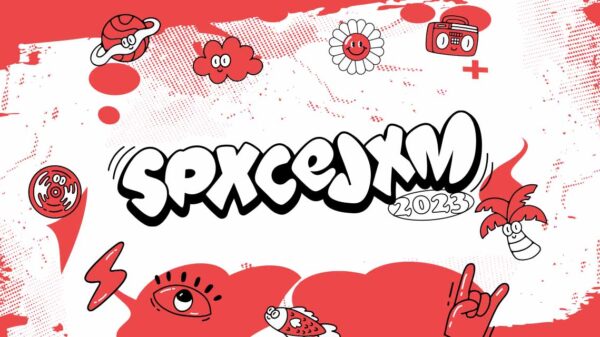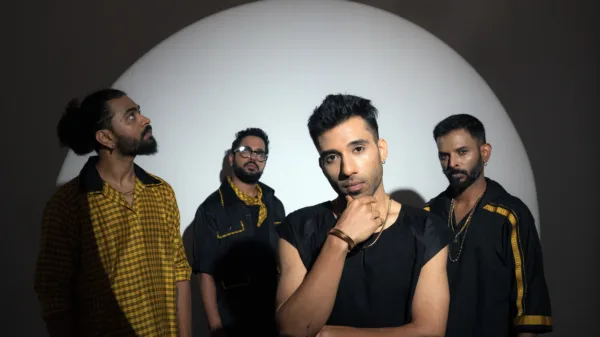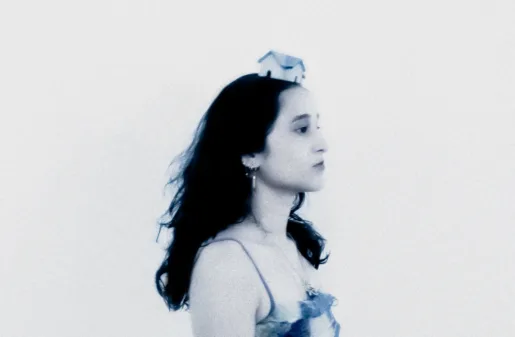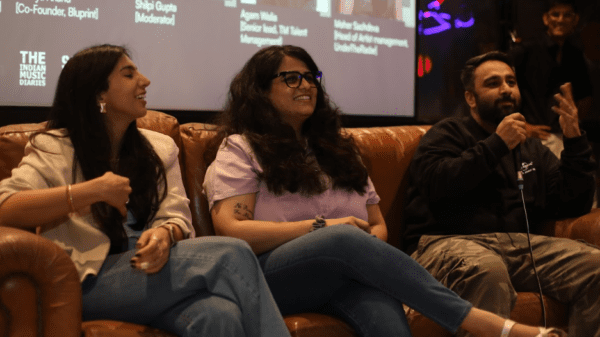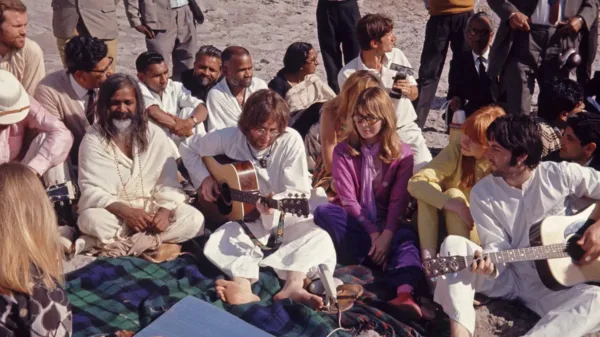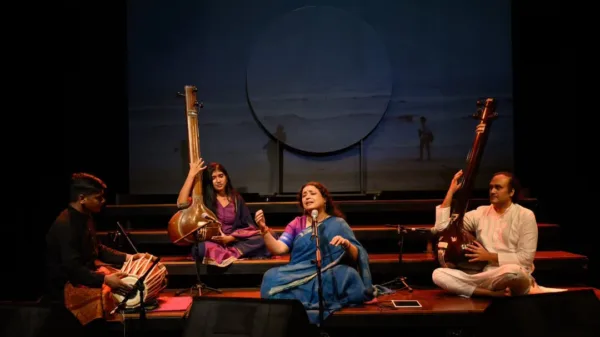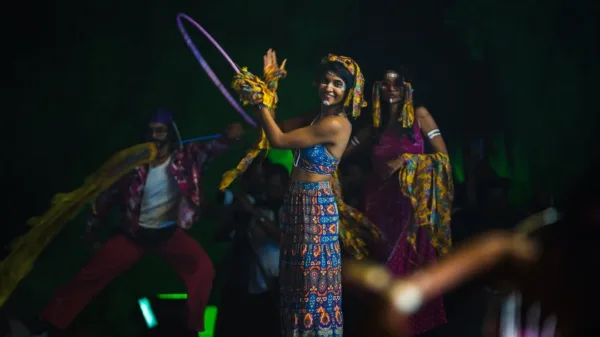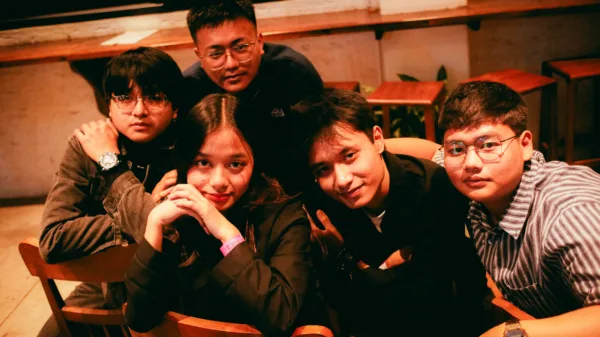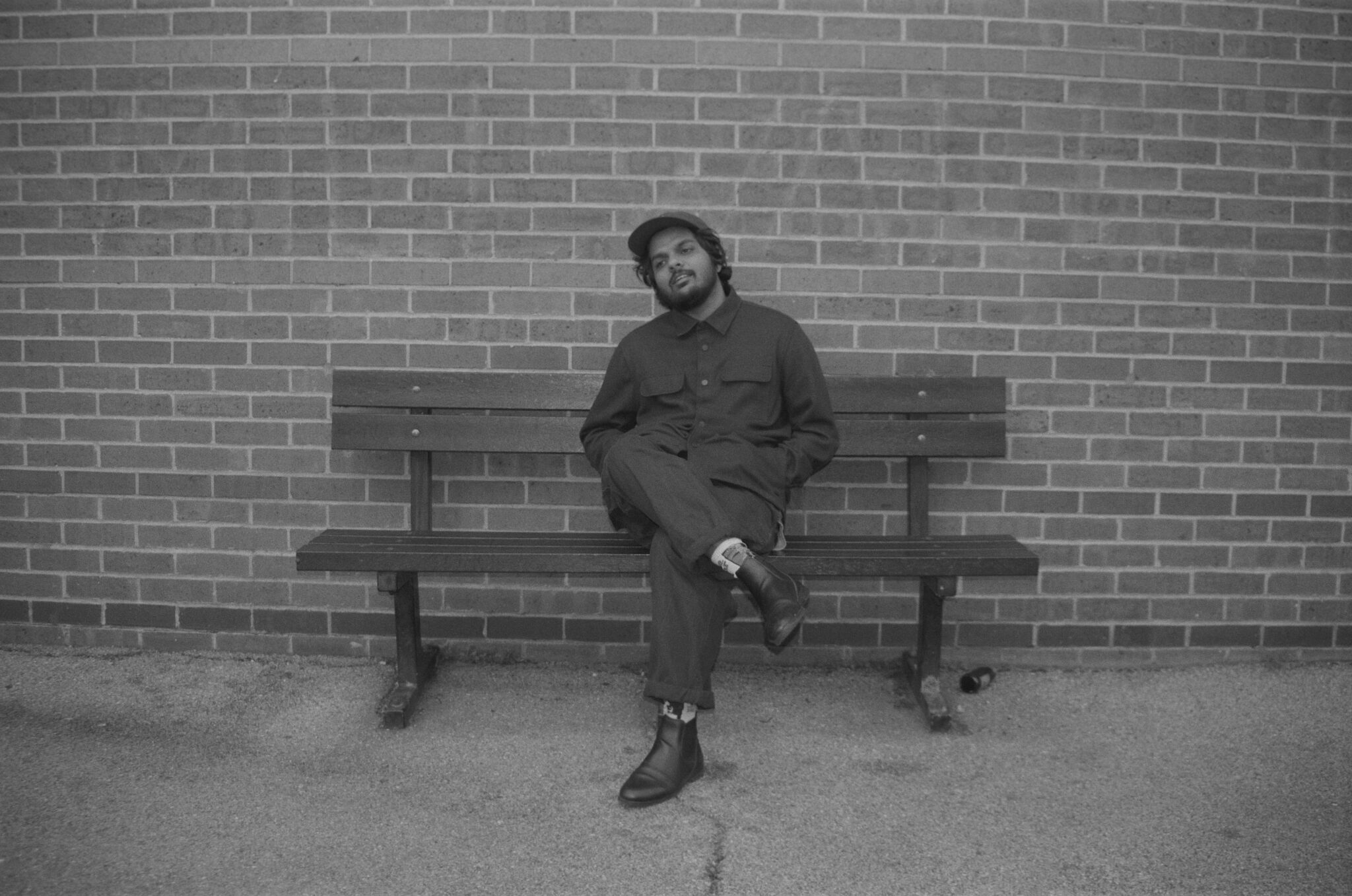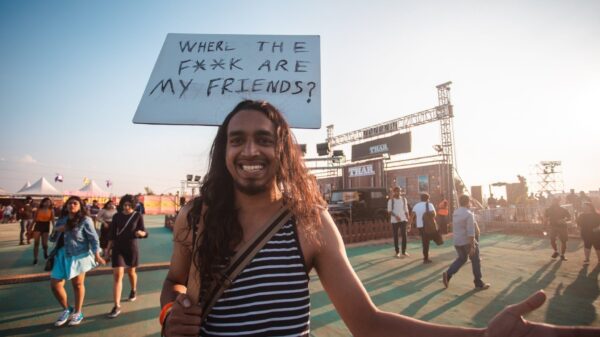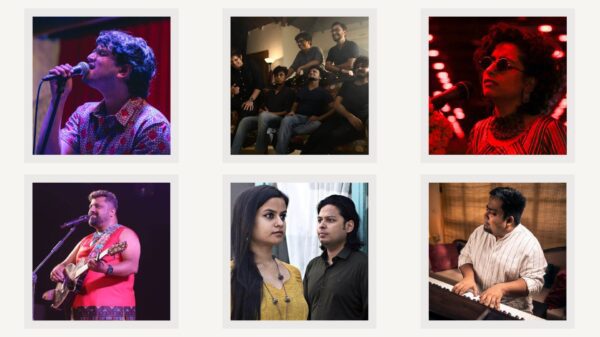The inception of an ideology, dominant or otherwise, is as epistemologically slippery as it is phosphorescent. While the primary progenitor and locus of it are mostly determinable, it is often misleading to try to bring about a spatio-temporal definiteness about the contexts and circumstances of its birth. In the light of the incontestability of gender existing within an ideological framework, R.W. Connell talks at length in her seminal book, Masculinities, about, amongst other elements, the idea of “hegemonic masculinity”—which ensures through configurations “the dominant position of men and the subordination of women”, in essence upholding patriarchy. Connell, who interestingly brings up “film actors, or even fantasy figures, such as film characters”, proceeds to talk of masculinity in ideological terms, stressing the issue of a “‘currently accepted’ strategy”, which is culturally contingent. In other words, every (patriarchal) culture, according to its needs, creates a complex tissue of ideology concerning masculinity (amongst other things), often in terms of violence, where “being peaceable rather than violent, conciliatory rather than dominating” become the telltale signs of a person—a “man”—failing to perform masculinity in the socially desired manner. The construction of masculinities based on violence is an idea that has since been all-pervasive in not only theory, but also popular discourse; a writer as popularly accessible such as Ocean Vuong, for instance, writes a brilliant short story underscoring the issue and its pertinent threat to, even beyond gender egalitarianism, the well-being of men themselves.

It is not an abstruse reach to propose that much of India’s hegemonic masculinity owes its creation and perpetuation to Indian film, especially Bollywood. Like Connell’s postulation, much of the “Indian film hero” is constructed with violence as his brick and mortar; his entire identity is contingent on both causing (often gratuitous) violence and thwarting it from a foreign source—again, through violence—when the safety of “the heroine”, a ludicrous concoction of objectified femininity and haloed domesticity, is compromised. If this preface seems to be laborious, it is only to highlight the dimensions of these tropes in terms of their steady and pernicious osmosis into the Indian cultural mainstream, doing which also allows one to ascertain the conspicuously obvious chinks in the armour that betray the fallibility of such tropes. This delta between gender politics and (Indian) culture is precisely the stage Shashwat Bulusu chooses for his debut album, Fitrat (translation: “nature, often inherent”), to explore Indian masculinity without ever referencing it directly, but nonetheless by implicitly providing it as the analytical cornerstone of the album. Having started his official career with English releases, the Baroda-based songwriter has of late taken to releasing in Hindustani, including singles like Aabad (translation: “eternity”) and the much-awaited Raani (translation: “queen”). For followers of Bulusu’s music since his SoundCloud days, the release of Raani must have come across as a possibly welcome portent for the release of more gems from the aforementioned repository; while that is not exactly what is in store, Fitrat does, in more ways than one, remind one of Bulusu in his home ground. While the linguistic basis of this has already been noted, it is also important to note that the entirety of Fitrat—akin to his SoundCloud oeuvre—was home-recorded, and is being released independently, unlike his previous releases through Pagal Haina. The independent nature of the release presumably allows Bulusu to not only view masculinity through his personal lens, but adopt a “DIY ethic” for his music, allowing him to use the microcosmic familiarity of his banality to ask larger questions of the macrocosm of Indian masculinity.
The linguistic medium (Hindustani) of the music is important to explore in the context of Bulusu’s intent of “… recapturing audiences from cities like mine i.e Baroda and marketing my music with the intention of music accessibility.” In a personal correspondence, the songwriter underlined that his songs speak in the mixture of Hindi and Urdu that constitutes the everyday speech of Baroda, for “Most people, including the right-wing Gujarati”. The intended consequence is obvious, it being a change beginning at home, permeated through a tongue whose colloquialism its residents cannot escape from. As the listener commences on this deliberate de-escalation, the consonance of sound and theme is apparent from the get-go; the mirror of “Aaina” (translation: “mirror”), being a site of reflection for masculinity, is as grainy in texture as the sound. Like the figments of popular culture that construct Indian masculinity, the mirror is commonly available and “Bazaaru” (translation: “relating to market”), highlighting that sites of reflection and introspection verge on omnipresence, if only one chooses to look. Like the sensitive precipice of masculinity, the mirror, essentially “Ret se bana” (translation: “made of sand”), is brittle; like the perceptible fault lines that expose masculinity, the mirror is “Kharocho se bhara” (translation: “filled with scratches”). Naturally, what the (male) observer sees in such a fitting receptacle of reflection, through its scratches, is the battered and bruised carcass of his own self—a violence he has unavoidably and possibly irrevocably, caused on himself in the process of donning his gender expression. “Bhula Do” (translation: “forget”, in an imperative tone) begins by ensconcing the listener in the comfort of a soothing keyboard prelude; once nestled, Bulusu’s deceptively affable vocals take them on a “Saanjh” (translation: “evening”) awaiting reckoning. The reflection posited in “Aaina” is almost physically manifested to the point of discernment—to the point of delineating “Woh” (translation: “them”) and “hum” (translation: “us”)—if only to establish the sameness. Like the ideal heroic tropes, essentially “Jhoothein” (translation: “lies”), those who emulate them become capable of “Badmaashi” (translation: “naughtiness”, if taken literally; here, it acts as an understatement signifying evil). Of course, Bulusu underlines that the emulator is imbued with “laachari” (translation: “helplessness”) in this indoctrination, and it is in this stress that the prophetic “Mai bhee gaaunga” (translation: “I will sing too”) acts as a culminating refrain, almost as if the song can differentiate the singer from the rest.
Bulusu announced Fitrat with “Tanashahi” (translation: “autocracy”) as its lead single. In his terms, it is “a textured study on politics and its interplay with relationships”; locating Indian masculinity within the larger frame of patriarchy and the present context of fascist governance, the song—accompanied with a brilliantly crafted music video—illustrates how fascist enabling causes a masculine metastasis of sorts, symptomising in alienation amongst and within all involved. Resultantly, actions have unintended consequences; even in one’s refrain lies a plea of connection (“Baatuni teri na mei bhee”), and in one’s outreach lurks the might of skewed, authoritarian power dynamics (“Tanashahi / Teri haan mei bhi”). The song culminates, through Bulusu’s inimitable voice in vocoder filtration, in an “outcry of emotions”, lamenting the cost of this futile game—the breakdown of interpersonal and intrapersonal relationships—and the enforced lack of consent it offers to its participants. Onwards, Bulusu posits “Enter-Mausam” as an ominous (almost) half-a-minute prelude to an “onslaught of melodrama” in “Mausam” (translation: “season”). In a deliberate continuation of the mood set up so far, the song establishes the steady accumulation of patriarchy, in whose obvious context lies the current status quo—a turbulent, “manmauji” (translation: “temperamental”) season; a season of pain: “Ik dard ka Mausam”.
“Fitrat”, the title track, sees Bulusu in all his glory. It is a stretching of legs in a sonic sense, with the hand-percussion of “Tanashahi” giving way to a freeflow of the drums. Intentionally playful, the song changes its pace right after the first verse, like a horse breaking into a gallop. The music, carefully indulgent, nudges the listener into sway, while the lyrics stand guard at such an exhibition. In the aforementioned personal correspondence, the songwriter revealed this awareness, underlining that “In fact all songs rely on comforting sounds as conduits but I have tried my best to bring a certain amount of contrast with lyrics that lean on discomfort.” In the light of this vein, it becomes easier to discern that the musical underbelly is crafted with a depiction of the sinister crevices that the masculine nature nestles in; Bulusu urges the listener to look deeper to find its roots (“Khojo use wahan hai”), for the very nature of it, like all ideology, is to be camouflaged into normative systemism (“Baaju ke gehre tehkhaano mei hai chhipi”). At the close of the album, the intent behind Bulusu’s work is underlined: “The sound is a sad joyride in the downfall of the hero.” The climactic periphery of this traversal lies in “Exit-Mynah”, the title referring to a species of bird indigenous to the Indian subcontinent. Oddly reminiscent of Tagore’s “Tota Kahini”, Bulusu’s “Mynah”, acting as a metaphor for the Indian heroine—and the objectified Indian woman at large—who is posited as a damsel awaiting rescue by the hero, is portrayed in obvious oppression too, albeit of a different kind than Tagore’s avian vessel. Riddled with potent lyricism set to a heartrending melody, the song acts as an allegory for the standard Bollywood action trope, except Bulusu brings out the undertones of power dynamics and debted subservience that the trope hides as subtext; in his words, “The song’s about this man who rescues a bird and puts it in the cage and begs the bird to sing him a song now that he’s saved her.” Continuing on, the songwriter proffered that the song “… is essentially about coercion and how often we believe we’re saviours”, revealing the pathos of the charade so lauded. Affixing the listener’s gaze to the undeniable, “Exit-Mynah” underscores how the aforementioned act of rescue is tinctured with less of the conspicuously alleged valour, and more of a power struggle between the hero and the villain as to who gets the bragging rights to what essentially is a spoil of the war: the heroine. Except, of course, this laughable farce is erected in redundancy; masculinity fictionalises a villain—a threat—within masculinity itself in order to justify the mask of the “hero”, in a crude attempt to further justify the power struggle and altogether the existence of the woman as nothing but a site upon which this violence can be enacted. Bulusu’s “Mynah” is not rescued; she is captured, while all her hapless friends can do is flee (“Udd gaye / Maina ke saathi re”). Inevitably, at the face—and grasp—of such cruelty, the bird dies (“Haath mei / Maina ki maut re”), leaving behind her death as the most obvious and obstinate legacy of masculinity.
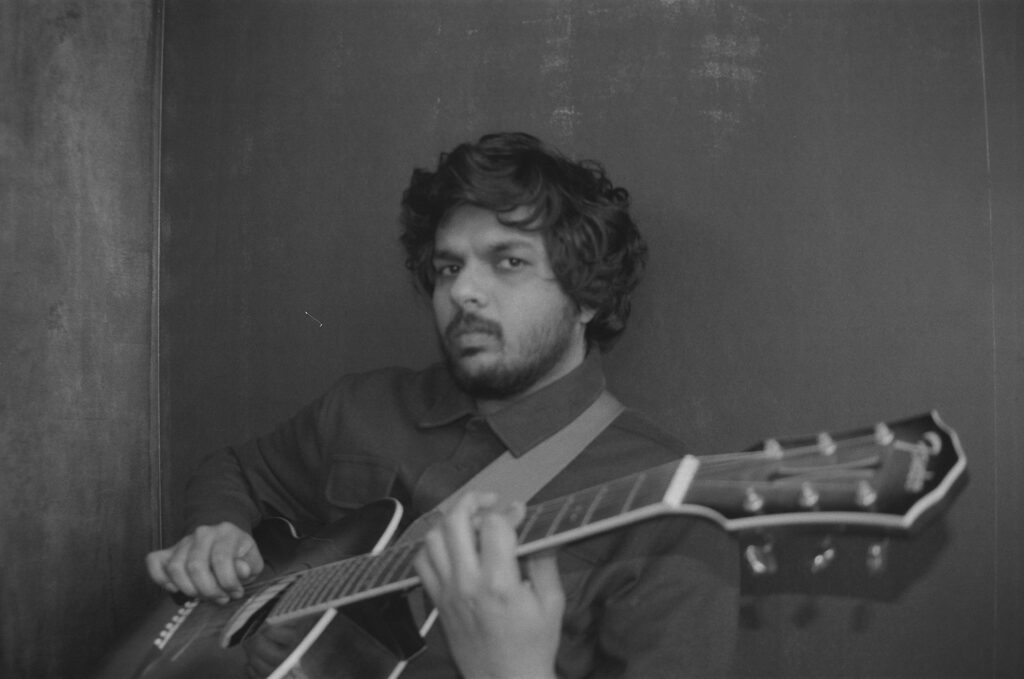
Understanding and sitting with Fitrat has allowed me little room to talk of Bulusu’s mastery on a level purely of “musicianship”, but of that I could write a thousand words with little sufficing. The home-production builds a solid balance between organic roughness and revisionist polish, with his vocals—including his falsetto coat of arms—as strong as ever, leaving little to add. Truly, Fitrat charts with accuracy the ascent of BULLU into Shashwat Bulusu, with elements that intentionally stand true to his journey as a musician so far. The soaring heights the music takes the listener to with a view to assess the depths of the gashes uncovered by the lyrics, make for a seat fitting for the deft artistry of the songwriter. It must also be noted that Bulusu’s background in visual art—of which perhaps the music video for “Winter Winter” speaks adequately—not only explains the ease with which he finds inspiration from a largely visual medium (Indian film), but also substantiates the album’s imagery. The monochromatic motif of the album, revealing itself in the album cover, the artist photos (by Devanshi Asher), the music video for “Tanashahi” and even lyrically in “Exit-Mynah” (“Udd gaye / Rang hawaaon se”), is anything but unintentional, and acts as a persistent reminder of how patriarchy robs the world of colour and complexity; how it operates on a policy of deliberate reduction. From the interplays between light and shadow and the reflector and the reflected in “Aaina” to the conspicuously “cinematic” sequence of storytelling in “Exit-Mynah”, Bulusu is as much of Orpheus as he is of Helios. If the lyre soothes one to sleep, it is not to find comfort in slumber, but to acknowledge the ceaseless exhaustion that forces him so; to awake the next day with a new lens, one free of scratches, and one that sees the world as much for what it is, as for what it could be, with intention. To date and for a considerable time, Fitrat, as a work of immense solemnity and staunchness as defiant as the edifice it aims to unsettle, shall remain Shashwat Bulusu’s defining work. May we breathe a little uneasier after this album. May the night be darkest just before dawn. May some adages still hold truth.

